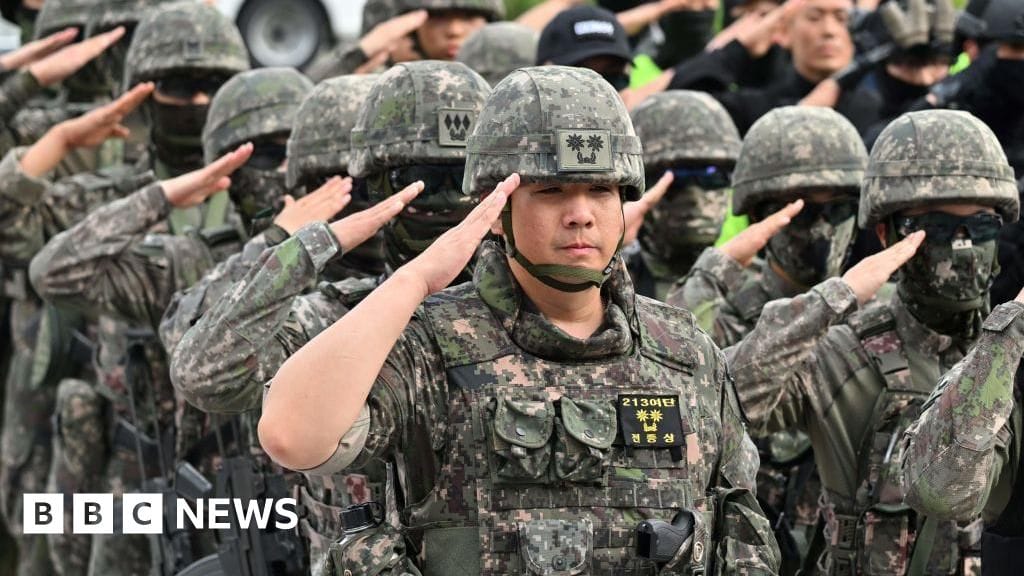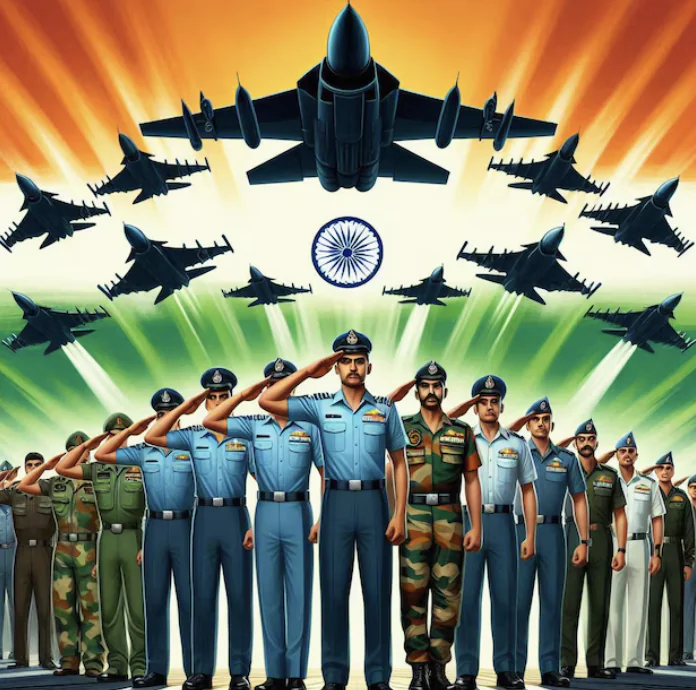Manmohan Singh: The Architect of Economic Reforms and the Quiet Statesman Bids Farewell at 92

Estimated reading time: 5 minutes
Table of Contents
Introduction
Dr. Manmohan Singh, the 13th Prime Minister of India, is widely regarded as one of the most influential economic thinkers and statesmen of modern India. His tenure, spanning from 2004 to 2014, was marked by significant reforms, growth, and challenges, all of which shaped India’s economic and political landscape. Often referred to as the “architect of India’s economic liberalization,” Singh’s legacy is a complex amalgamation of economic policies, diplomacy, and his quiet yet steadfast leadership style.
Early Life and Education
Born on September 26, 1932, in Gah, a town now in Pakistan, Manmohan Singh’s early life was shaped by the turbulence of the partition of India in 1947. He and his family moved to India as refugees, which imbued him with a deep sense of resilience and determination. Singh pursued his education in economics, first at Panjab University and then at the University of Cambridge in the United Kingdom, where he earned a degree in Economics. Later, he completed his DPhil at the University of Oxford, specializing in international trade and economic development.

Singh’s academic background laid a strong foundation for his career in public service. His economic expertise would later play a critical role in India’s economic reforms during the 1990s and his tenure as Prime Minister.
The 1991 Economic Reforms
Dr. Manmohan Singh rose to prominence in the early 1990s when he became the Finance Minister under Prime Minister P.V. Narasimha Rao. India was facing a severe economic crisis in 1991, marked by a balance of payments deficit, rising inflation, and a scarcity of foreign exchange reserves. Singh, with his expertise in economic policy, took charge of steering the country out of this crisis.
Under his leadership, India embarked on a series of economic reforms that transformed the country’s economic landscape. The government dismantled the “License Raj,” liberalized trade, reduced tariffs, devalued the rupee, and opened up sectors to foreign investment. Singh’s policies, which were sometimes controversial at the time, gradually unleashed India’s growth potential. The 1991 reforms laid the groundwork for India’s transformation into one of the world’s fastest-growing economies.
The Prime Ministerial Years (2004–2014)
Singh’s journey to the Prime Minister’s office in 2004 was a result of his reputation as an astute economist and a trusted public servant. He was chosen as the Prime Minister by the Congress Party after the party’s victory in the general elections, despite not being the face of the election campaign. His rise was emblematic of the political maturity of India’s democracy, as the Congress leadership chose a technocrat over a traditional political leader.
During his tenure, Singh faced numerous challenges, both domestic and international. On the domestic front, his government continued to focus on economic reforms, improving infrastructure, and tackling poverty. The economy grew at a remarkable rate, with India becoming one of the world’s largest economies. His policies emphasized inclusive growth, with a focus on rural development, education, and healthcare.
However, Singh’s government was also marked by significant challenges, including rising inflation, corruption scandals, and internal policy debates. The 2G spectrum scandal and the Commonwealth Games scandal tarnished his administration’s image and led to accusations of inaction and complacency. Critics often pointed out his inability to assert political control within his party, especially in the face of coalition politics.
On the international front, Singh was known for his steady leadership in navigating India’s foreign relations. His most significant achievement was the Indo-US nuclear deal, which was seen as a breakthrough in India’s relations with the United States and its positioning in global geopolitics. The deal was aimed at facilitating nuclear energy cooperation between the two nations, and it was a significant step in India’s rise as a global power. Singh’s diplomatic acumen ensured that India remained firmly engaged on the world stage.
Leadership Style and Legacy
Manmohan Singh’s leadership style was often described as pragmatic, calm, and non-confrontational. Unlike many of his political contemporaries, he was not known for fiery speeches or populist rhetoric. Instead, his quiet demeanor, depth of knowledge, and commitment to his work earned him the respect of both colleagues and critics alike.
While Singh’s time as Prime Minister was not without its controversies, particularly over corruption allegations and economic slowdowns in the later years of his term, his legacy as a statesman remains significant. He was instrumental in steering India through the global financial crisis of 2008, ensuring that the country’s economy remained resilient.
The Last Breath
Former Prime Minister Manmohan Singh and Congress stalwart Dr. Manmohan Singh passed away on Thursday, 26 Dec 24 at the age of 92 in AIIMS Delhi. This is end of an era.
Conclusion
Dr. Manmohan Singh’s legacy is defined by his role as the architect of India’s economic transformation in the 1990s and his steady leadership as Prime Minister. Though he often worked in the shadows, avoiding the limelight, his contributions to India’s economic liberalization, global stature, and political maturity cannot be overstated. As India continues to evolve, Singh’s influence on the nation’s economic trajectory will remain an enduring part of its history.




